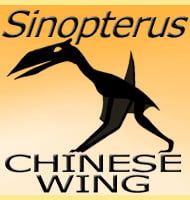Utahceratops
In Depth With most of the skeleton known and represented by several individuals, Utahceratops is one of the better known ceratopsian dinosaurs, which often are named only from partial skulls. At about five meters long Utahceratops was roughly mid-sized for a quadrupedal ceratopsian, dinosaur, but the skull seems to be oversized with a length of … Read more
